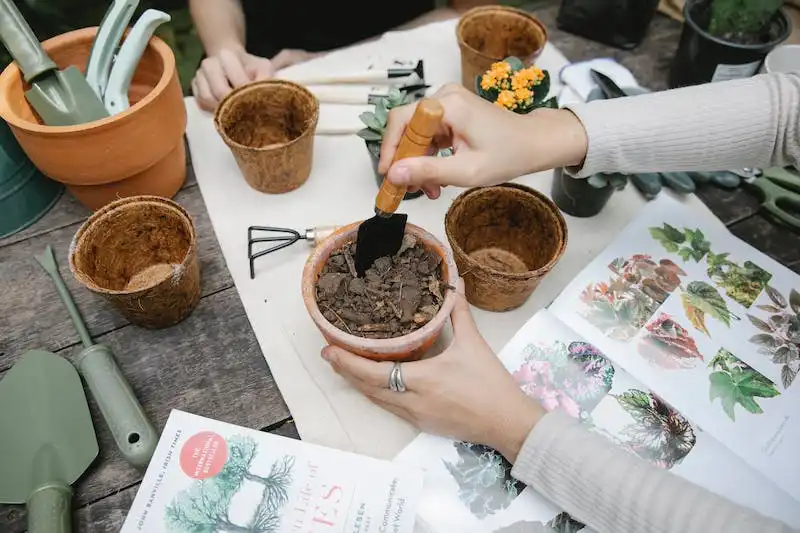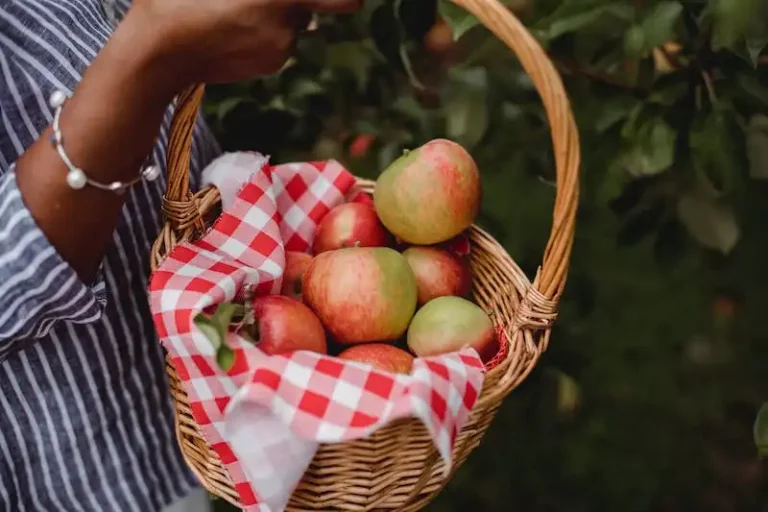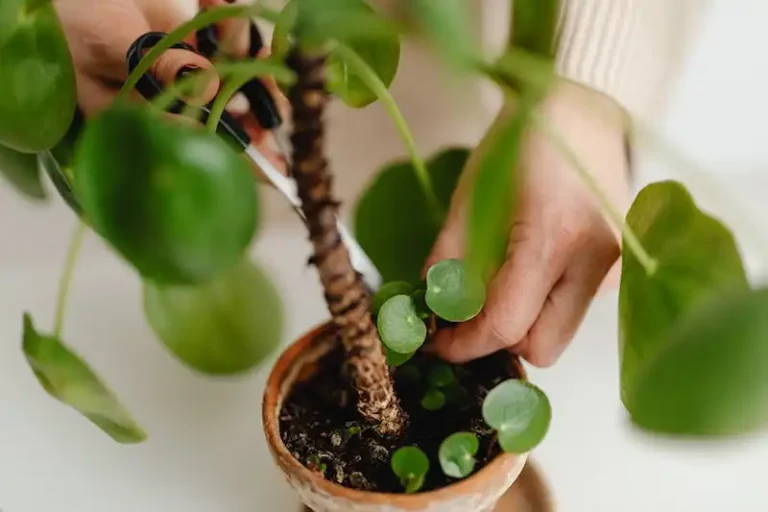If you’re a gardener or a grower who wants to propagate plants, rooting powder can be a great help. Rooting powder is a product that helps with the propagation of plants by stimulating root growth. It is sold in the form of a gel, liquid, or powder, and it contains hormones or chemicals that naturally boost root development.
When it comes to using rooting powder, there are three main methods: making a liquid solution, using the powder directly, or diluting the powder. The best method for you will depend on the type of plant you’re propagating and your own personal preferences.
One common mistake that many gardeners make is using too much rooting powder, thinking that more is better. However, this is not the case. Using too much rooting powder can actually harm the plant and inhibit root growth. It’s important to check the concentration instructions on the packaging and follow them properly.
Another important factor to consider when using rooting powder is humidity. Some plants, such as willow, naturally produce hormones that help with root development. In these cases, using rooting powder may not be necessary. However, in drier conditions or when propagating plants that don’t naturally produce rooting hormones, using rooting powder can significantly speed up the propagation process.
How to Use Rooting Hormone to Propagate New Plants From Cuttings
Rooting hormone is a type of plant hormone that can be used to propagate new plants from cuttings. It helps stimulate the growth of roots and increases the chances of successful root development. Rooting hormone is available in both liquid and powder forms, and different types are sold for various plants and propagation methods.
When using rooting hormone, it’s important to follow the directions on the product label. Some types of rooting hormone need to be diluted with water before use, while others can be applied directly to the base of the cutting. The amount of rooting hormone to use depends on the specific product and the type of plant you are propagating. It’s always best to use the recommended rate for the specific product you are using.
There are several methods for applying rooting hormone to cuttings. One common method is to dip the base of the cutting into the rooting hormone, making sure to cover the base with a thin layer of the hormone. Another method is to use a rooting hormone gel, which can be applied directly to the base of the cutting. Some gardeners also prefer to use a powdered rooting hormone, which can be dusted onto the base of the cutting.
Willow water is a natural rooting hormone that can be made at home. To make willow water, you can simply soak willow branches or leaves in water for a few days. The water will absorb natural rooting chemicals from the plant material, and this can help with the propagation process.
When using rooting hormone, it’s important to keep in mind that more is not always better. Using too much rooting hormone or using it at a concentration that is too strong can actually inhibit root growth. It’s important to follow the instructions and use the recommended rate for the specific product you are using.
Rooting hormone can be used with various types of propagation materials, such as rockwool or potting soil. When using rockwool, you can pour a little rooting hormone into a bowl and dip the base of the cutting into the hormone. Then, place the cutting into the rockwool, making sure the base is covered. For potting soil, you can make a small hole in the soil with a pencil and insert the base of the cutting into the hole. Then, lightly press the soil around the cutting to ensure good contact.
After applying rooting hormone, it’s important to provide the right conditions for root growth. This includes keeping the cuttings in a warm and humid environment. You can cover the cuttings with a plastic bag or place them in a propagating tray with a clear plastic lid to help maintain humidity. Mist the cuttings with water as needed to keep the humidity level high.
Using rooting hormone is a simple and effective way to propagate new plants from cuttings. It can help increase the success rate of propagation and encourage faster root development. By following the correct methods and using the right amount of rooting hormone, you can successfully grow new plants from cuttings and expand your garden.
| What Rooting Hormone Does | What Rooting Hormone Doesn’t Do |
|---|---|
| Aids in the development of roots | Does not guarantee successful root development |
| Increases the chances of successful root development | Does not replace proper care and maintenance |
| Can be used with various types of propagation materials | Does not replace proper planting and watering techniques |
| Comes in different types and forms | Does not contain any harmful chemicals |
Here’s The Correct Way To Use Rooting Powder
If you want to propagate plants from cuttings, then the use of rooting powder can greatly improve your success rate. Rooting powder is a type of hormone that helps stimulate root formation in plants. It is widely available in the market and comes in powder or liquid form.
When using rooting powder, it is important to properly dilute it before applying it to your plants. Some types of rooting powder need to be diluted with water, while others can be used as-is. It is best to follow the instructions on the packaging to ensure you are using the correct amount and dilution.
Before applying rooting powder to your cuttings, make sure to properly prepare them for planting. This means trimming the base of the cutting to create a fresh cut, and removing any leaves or flowers that would be below the soil line. This will help the cuttings focus their energy on root formation.
To apply rooting powder to your cuttings, simply dip the cut end of the stem into the powdered or liquid rooting hormone. Make sure the entire cut end is coated with the hormone. You can also shake off any excess powder to prevent damage to the cuttings.
After coating the cut end with rooting powder, you can then stick the cutting into a pot filled with a well-draining potting mix or growing medium. Some gardeners also use rockwool cubes or other types of propagation media. The choice of medium will depend on the type of plant you are propagating and what you have available.
Once your cuttings are planted, keep the soil moist and provide them with the proper care and attention they need to grow. Some plants may take longer to form roots than others, so be patient and monitor their progress. Remember to review the instructions on the rooting powder you’ve purchased for specific guidelines and recommendations.
Overall, using rooting powder can be a simple and effective way to help propagate plants from cuttings. Whether you choose to buy a commercially available rooting powder or make your own DIY version using natural powdered hormones, the proper application and care will greatly increase your success rate.
How to Use Rooting Hormone When Propagating Plants
When propagating plants from cuttings, there are various methods you can use to encourage root growth. One popular technique is to use rooting hormone, such as Hormex, to speed up the rooting process and increase your chances of success.
Rooting hormone is a product that contains plant hormones, which naturally occur in plants and help stimulate root growth. These hormones can be in various forms, including powder, liquid, or gel. In this guide, we will explain how to use rooting hormone in powder form.
Step 1: Prepare Your Cuttings
The first step is to prepare your cuttings. Make sure you have healthy plant material to work with. Cuttings should be taken from a plant that is actively growing, and the stem should be around 4-6 inches long.
To promote successful rooting, it’s best to remove any leaves that will be below the soil line. This helps to prevent rotting and encourages the plant to focus its energy on root development.
Step 2: Dip the Cuttings in Rooting Hormone
Once you have prepared your cuttings, you can dip the lower end of each cutting into the rooting hormone. Make sure the hormone covers at least an inch of the stem.
There are different types and concentrations of rooting hormone on the market. You can choose the one that suits your needs best. Some popular options include Hormex, which is a well-reviewed and trusted brand, or you can even make your own rooting hormone using willow water.
Step 3: Plant the Cuttings
After dipping the cuttings in rooting hormone, it’s time to plant them. Prepare a pot or a tray with a well-draining soil mix. Make a hole in the soil using a pencil or your finger, and gently insert the treated cutting into the hole. Firm the soil around the cutting to ensure good contact.
To increase the humidity around the cuttings and prevent them from drying out, you can cover the pot or tray with a plastic bag or use a propagating tray with a clear lid. This helps to create a greenhouse effect and maintain moisture levels.
Remember to check the cuttings regularly for signs of growth and to keep the soil slightly moist. Overwatering can cause the cuttings to rot, so it’s essential to provide just enough water to keep the soil damp but not waterlogged.
With the help of rooting hormone, your cuttings will have a better chance of developing roots and growing into new plants. However, it’s important to note that rooting hormone is not necessary for all plant types. Some plants naturally root easily, while others may not respond to hormone treatments.
Now that you know how to use rooting hormone when propagating plants, you can confidently experiment with different methods and see what works best for you. Whether you choose a commercial product or opt for a DIY organic solution, rooting hormone can help speed up the propagation process and increase your success rate.




